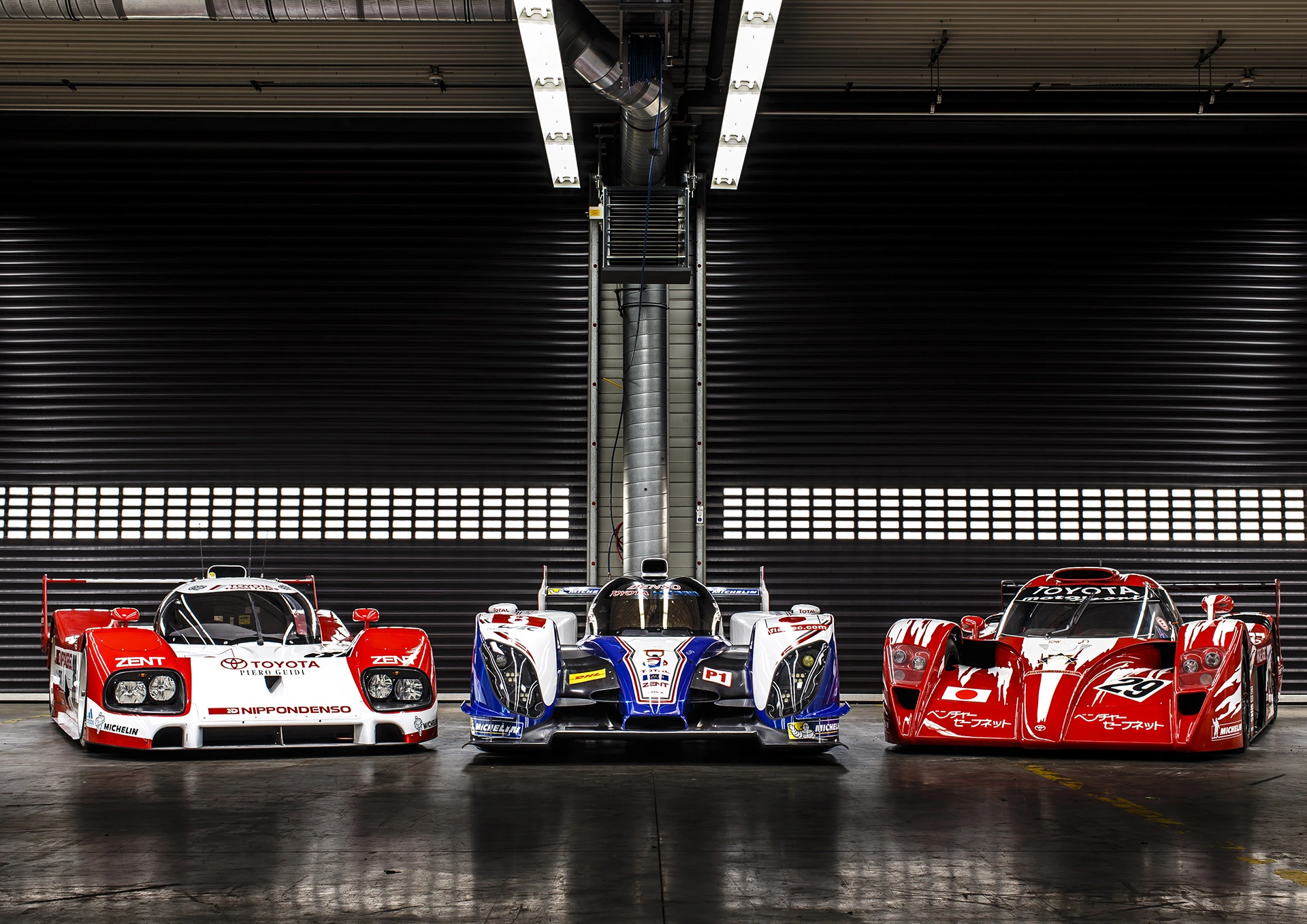Le Mans Yesterday and Today: Toyota
21 September 2024 5 min read 5 images

Photo credit: 24 Heures of Le Mans, Toyota, Wheelsage
Roarington's journey through the most successful manufacturers in the 24 Hours of Le Mans today reaches Toyota, ranked seventh in the all-time standings. The Japanese automaker's adventure in the world’s most famous and challenging endurance race began in 1985 with prototypes developed according to Group C regulations, in collaboration with Dome, a company specializing in the preparation of closed and open-wheel race cars, and Tom's, Toyota's official tuner since 1975. However, the decision to use a small 2.1-liter turbocharged four-cylinder engine, derived from a production model, proved to be a weak point, relegating their four cars to the back of the pack without enough competitiveness or reliability to challenge for victory.
Register to unlock this article
Signing up is free and gives you access to hundreds of articles and additional benefits. See what’s included in your free membership. See what's included in your free membership.
Already have an account? Log In


